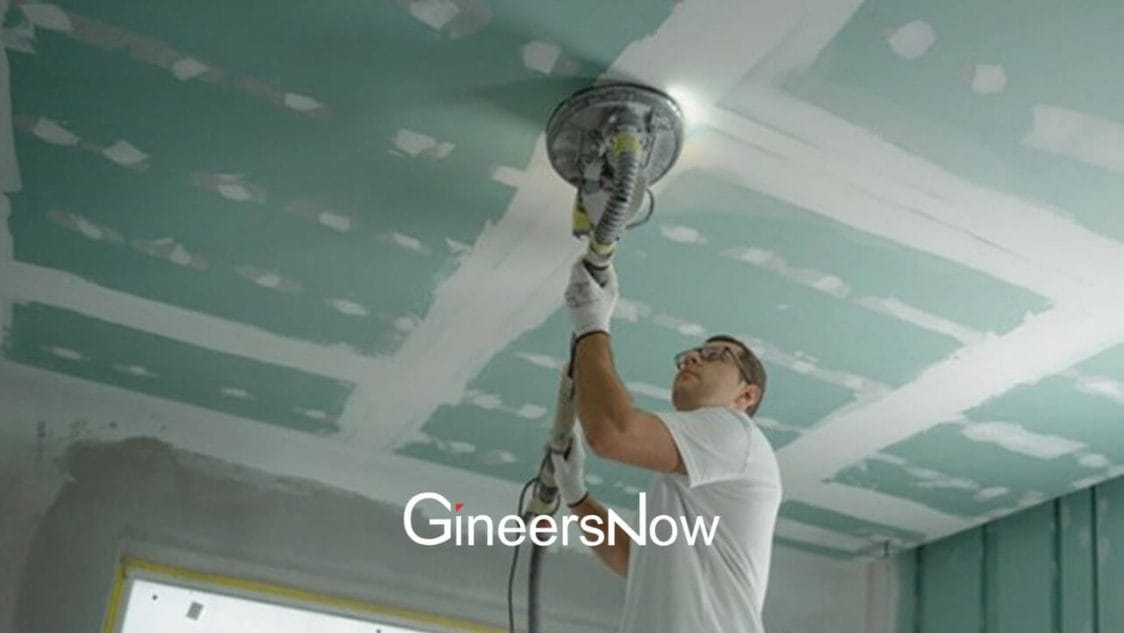A consumer or regular citizen outside the maintenance sector is unlikely to experience any major consequences from a piece of equipment breaking down, aside from inconvenience. Unexpected equipment failure, however, can have dire financial implications for a business. The purpose of a maintenance management system is to avoid such an occurrence.
Understanding Maintenance Management
Success in business management across all industries relies heavily on effective maintenance management. Maintenance management is crucial for ensuring the smooth running of assets and spaces in a wide variety of establishments, including factories, hotels, retail, and food outlets.
To avoid the disruption of operations caused by unanticipated circumstances and technical difficulties, maintenance management equips business leaders with the necessary tools so that all operations run smoothly and as planned.
Maintenance management practices are the backbone of every maintenance process. Here are some of the best ways to handle maintenance management at your workplace:

1. Use Software To Centralize Maintenance Management
Although it’s possible to create a maintenance program using traditional means like paper and spreadsheets, it’s also quite challenging to do so successfully. In addition, you might experience a great deal of frustration along the way.
On the other hand, modern maintenance software, such as a computerized maintenance management system (CMMS), can simplify the process significantly from initial setup to fine-tuning.
The CMMS collects, stores, and organizes maintenance data in a database. Using this software, you can track all your maintenance tasks and resources to run your business according to your maintenance strategy.
A solid CMMS manages and monitors maintenance. You may track asset information, plan maintenance operations, and establish automatic triggers for preventive maintenance based on time and mileage. Because it’s hosted in the cloud, you can access it from any computer.
2. Build an Effective Maintenance Department
The effectiveness of your maintenance plan is directly proportional to the caliber of your team. Yet, there are two sides to the same coin. Even if you hire the most qualified people, your business will still struggle if they’re not given the tools they need to succeed.
Some critical details need to be addressed:
- Put together a skilled team of maintenance workers by hiring or training them.
- Create manuals, standard operating procedures (SOPs), and checklists to ensure consistency.
- Focus on implementing lean maintenance methods by constantly seeking ways to enhance them.
- Choose the metrics and key performance indicators (KPIs) for maintenance that are most important to you.
It’s important to note that the functions of the maintenance supervisor are typically handled by the maintenance manager in smaller maintenance teams. Maintenance planners and schedulers could potentially make up a significant portion of a bigger team at larger sites.
3. Keep Inventory On Hand
It can be disappointing when you need a material, but there’s none in stock. When this happens, it means the maintenance team has run out of supplies and will need to delay maintenance work until they can restock, which wastes time and money.
For this reason, it’s essential to keep tabs on your inventory using an asset tracking system like radio-frequency identification (RFID), barcode, or quick response (QR) code. Inventory tracking is made possible by these modern tools. The program can also help you create inventory re-order points.
Using these tools, you can automate many manual processes, reducing human errors. Furthermore, this feature allows your maintenance team to allocate extra hours to other projects.
4. Have Proactive Maintenance In Your Maintenance Plan
Maintenance operations can be greatly improved by adopting a proactive strategy. Try putting it to work, tracing out problems and making adjustments where necessary.
Consider these examples: adjusting suppliers, training employees, changing machinery and equipment, coordinating efforts across departments, etc. This strategy can potentially lessen expenses and increase the accessibility of necessary equipment.
Proactive maintenance includes:
- Preventive Maintenance. This refers to a maintenance method that seeks to prolong the life of an asset by doing preventative tasks. Calendar-based and usage-based preventive maintenance can help decide the frequency with which maintenance tasks are performed.
- Condition-Based Maintenance. By keeping an eye on things through regular inspections, tests, and sensor devices, condition-based maintenance can predict when it will be most cost-effective to perform maintenance on your equipment.
- Predictive Maintenance. Predictive maintenance employs a system of condition-monitoring sensors in combination with machine learning. It functions similarly to an early warning system, informing maintenance staff of impending problems and allowing them to schedule needed maintenance and servicing beforehand.
- Prescriptive Maintenance. Machines equipped with prescriptive maintenance use sensors and analytics to self-diagnose and then provide specialists with a list of potential fixes.
Proactive maintenance may be the answer if you’re stuck in a never-ending cycle of repairs and breakdowns.
Conclusion
Your business will benefit significantly from sound maintenance management techniques. It’s also important to note that improving these practices will take time, effort, and the support of upper management, as well as the determination to see them through with concrete strategies.












